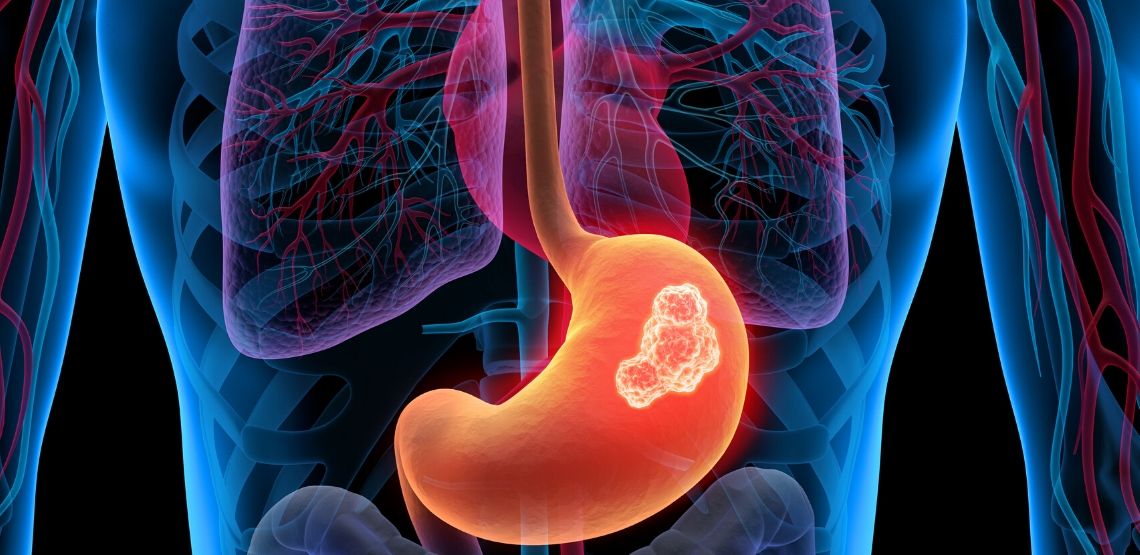How to Spot Signs & Symptoms
Eosinophilic esophagitis (EOE) is a condition where a type of white blood cell called eosinophils builds up in the esophagus. This buildup can cause inflammation and lead to different signs and symptoms. Keep reading to learn about the most common signs of eosinophilic esophagitis and how to spot them.
1. Difficulty Swallowing
Many people with EOE have trouble swallowing. This is a condition called dysphagia. It happens when inflammation in the esophagus makes it hard for food to pass smoothly. You might feel like food is stuck in your chest or throat. Even soft foods that are normally easy to swallow can become challenging. If you often take extra time during meals or need to drink water to help food go down, it might be a sign of EOE.
2. Nausea
Nausea is feeling like you might throw up, and it is another common sign of EOE. The pain and irritation in the esophagus may disturb your stomach. When the body tries to react to this irritation, nausea can occur. Some people feel this discomfort after eating and it might be mild or very strong.
3. Vomiting
Along with nausea, vomiting can be a sign of EOE. When the esophagus is swollen and sore, the body sometimes reacts by vomiting. This can happen after eating or even when you haven’t eaten for a while. Vomiting is the body’s way to try to clear what it thinks is a problem.
Related Search Topics (Ads)
4. Chest Pain
Chest pain is another common sign of EOE. The pain can feel similar to heartburn or acid reflux. It might be described as a burning sensation or a sharp pain in the center of the chest. This discomfort usually happens when the esophagus is trying to push food through or when it is inflamed. If you ever feel chest pain along with other signs like difficulty swallowing, it is a good idea to get checked by a doctor to rule out other conditions.
5. Food Impaction
Food impaction means that food gets stuck in the esophagus and does not move down properly into the stomach. This can be very painful and may even feel scary. When the esophagus is narrowed by inflammation or scar tissue, solid pieces of food can block the passage. People experiencing food impaction might need emergency medical help to remove the stuck food.
6. Abdominal Pain
Abdominal pain happens when the inflammation in the esophagus causes discomfort that spreads to the abdomen. The pain can vary in intensity and may come and go. It is important to keep track of when the pain happens, especially if it is linked to eating certain foods. This sign can be less obvious than others, so paying attention to your body’s signals is key.
7. Regurgitation
Regurgitation is when food or liquid comes back up into the throat after you swallow. With EOE, the inflamed and stiff esophagus may not let food pass in the normal way. Instead, food can move back up into the esophagus and sometimes into the mouth. This sign is different from vomiting because it does not involve the strong force of a stomach reaction and is more like a slow backup.
8. Difficulty Eating in Children
Children with EOE often show signs that are a little different from adults. One sign is that they may have difficulty eating. A child might eat very slowly or avoid certain types of foods that are hard to swallow. They could also spit out food or seem frustrated during meals. These problems with eating can lead to issues with growth or a lack of proper nutrition. It is important for parents to watch for these signs and discuss any concerns with a doctor.
9. Difficulty Feeding in Infants
For infants, EOE can show up as difficulty feeding. Babies might have trouble sucking, seem fussy during or after feeding or spit up more than usual. Since infants cannot tell us how they feel, signs like poor weight gain or constant distress during feeding are important clues. If an infant is having trouble feeding, doctors may look for signs of EOE as a possible cause.
Final Notes
Understanding EOE signs is important not just for diagnosis, but also for making daily life easier. Always seek advice from a doctor if you suspect any of these signs, as they are best able to provide the guidance and treatment needed.
Keep reading to learn about common signs of esophageal cancer.


